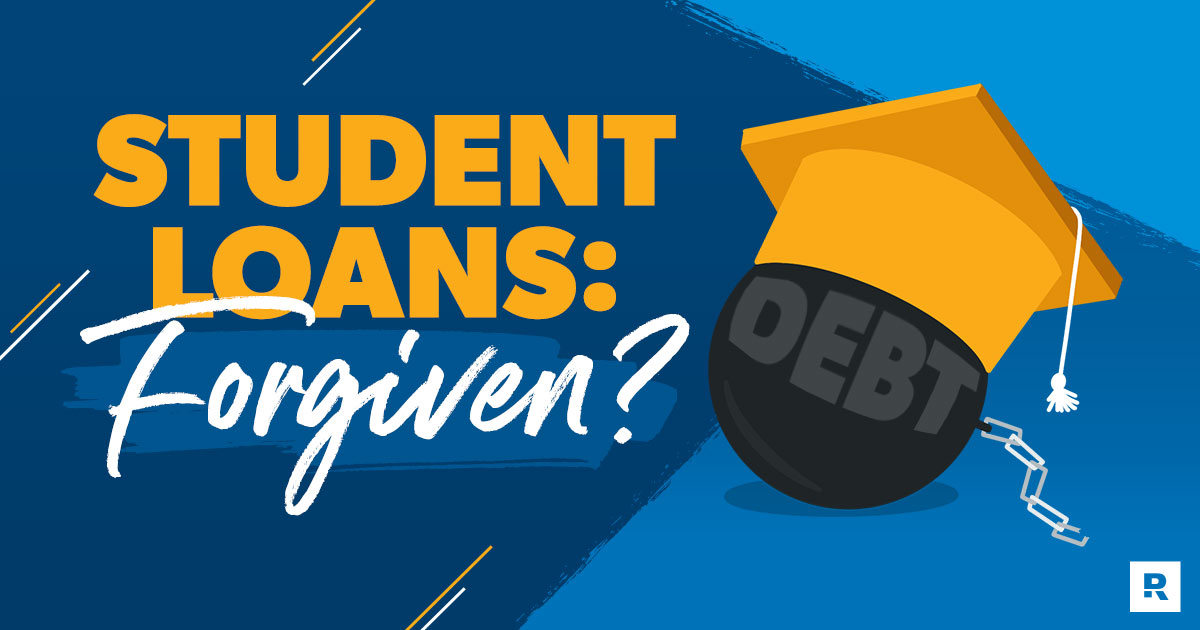Student Loan Relief Plan 2024: Eligibility and Payment Details
The U.S. student loan forgiveness initiatives for 2024 offer crucial financial relief to a wide array of borrowers, from public service employees and low-income individuals to those with disabilities and victims of school misconduct. With loan forgiveness options like the Public Service Loan Forgiveness (PSLF), Income-Driven Repayment (IDR) plans, and Total and Permanent Disability (TPD) discharge, eligible borrowers have the potential to significantly reduce or eliminate their debt burden. This article outlines eligibility criteria, forgiveness amounts, and essential steps for each program, helping you determine which options best suit your financial situation.

Key Programs and Eligibility Requirements
The primary loan forgiveness programs for 2024 include PSLF, IDR, the SAVE Plan, TPD discharge, and Borrower Defense to Repayment, each tailored to specific borrower groups:
- Public Service Loan Forgiveness (PSLF):
Designed for employees in public services, such as government and nonprofit roles, PSLF forgives the remaining loan balance after 10 years (120 payments) of qualifying work. Eligible borrowers must submit employment certification forms annually and verify their employer’s eligibility through the PSLF Help Tool on StudentAid. (https://www.designzillas.com/) gov. - Income-Driven Repayment (IDR) Plans:
IDR plans to assist low-income borrowers by calculating monthly payments based on family size and income. The remaining balances are forgiven after 20-25 years, depending on the plan type. Enrolling requires selecting an IDR plan on StudentAid.gov and submitting annual income documentation to stay current. - SAVE Plan:
Ideal for those with smaller original loan amounts (up to $12,000), the SAVE Plan offers complete forgiveness after 10 years of payments. Borrowers can apply directly via StudentAid.gov and should regularly check their payment requirements to stay on track. - Total and Permanent Disability (TPD) Discharge:
Borrowers with permanent disabilities that severely impact their ability to work are eligible for full loan forgiveness through TPD discharge. To apply, individuals must submit a TPD application with disability documentation and monitor their application status on StudentAid.gov. - Borrower Defense to Repayment:
This program is specifically for individuals who were misled by their educational institutions or suffered from abrupt school closures. Eligible borrowers can receive full loan forgiveness by proving institutional misconduct or closure, with nearly 1.3 million recipients benefiting from this program in 2024.
Application Tips and Common Pitfalls
To ensure successful application and processing for these forgiveness programs, borrowers should be diligent in tracking their progress and meeting all requirements:
- Be Proactive: Start your application as soon as you determine your eligibility.
- Track Employment and Payment History: Especially for PSLF, confirm that each payment is recorded and that your employment meets annual certification.
- Submit Documentation Promptly: Many programs require annual income or employment verification, so set reminders to avoid missing these deadlines.
Missing annual certifications or overlooking employer eligibility (for PSLF) can cause significant setbacks. Keeping communication open with your loan servicer and frequently checking your account on StudentAid.gov will help maintain your eligibility.

New Updates for 2024
The SAVE Plan now allows borrowers with lower loan balances to benefit from shorter repayment periods, making forgiveness achievable in a decade for smaller loans. Additionally, the administration has allocated extra resources to support more borrowers in IDR, addressing past issues with miscounted payments to ensure borrowers receive the relief they’re eligible for. By staying informed and regularly reviewing your StudentAid.gov account, you can take full advantage of these forgiveness opportunities, potentially paving the way toward financial freedom.


Comments are closed, but trackbacks and pingbacks are open.